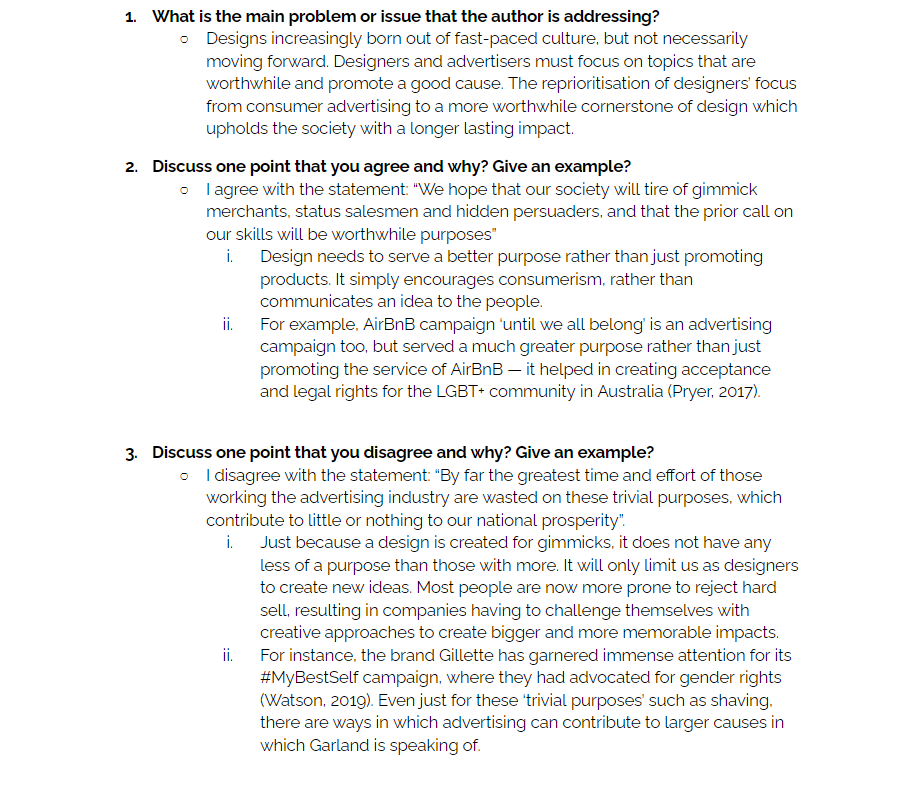Class reflection Week 3
- Ahmad Ahseek

- Sep 11, 2020
- 2 min read
At the beginning we had a discussion about some videos we were given to analyse the previous week
Group 1 : 3 Ways Good Design Makes You Happy by Don Norman https://www.ted.com/talks/don_norman_3_ways_good_design_makes_you_happy#t-756242
Group 2: Great Design Is Serious, Not Solemn by Paula Scher
https://www.ted.com/talks/paula_scher_great_design_is_serious_not_solemn
Group 3: Make Data More Human https://www.ted.com/talks/jer_thorp_make_data_more_human#t-495497
Group 4: Art In The Age Of Machine Intelligence https://www.ted.com/talks/refik_anadol_art_in_the_age_of_machine_intelligence/up-next
Group 5: Rethinking The Ethics Of Design https://www.youtube.com/watch?v=PYQ4V-Oc0ao
Group 6: What Your Designs Say About You https://www.ted.com/talks/sebastian_deterding_what_your_designs_say_about_you?language=en
Group 7: Designing For Simplicity https://www.ted.com/talks/john_maeda_designing_for_simplicity/up-next?language=en
Group 8: The 4 Superpowers Of Design https://www.ted.com/talks/kevin_bethune_the_4_superpowers_of_design/up-next







Comments